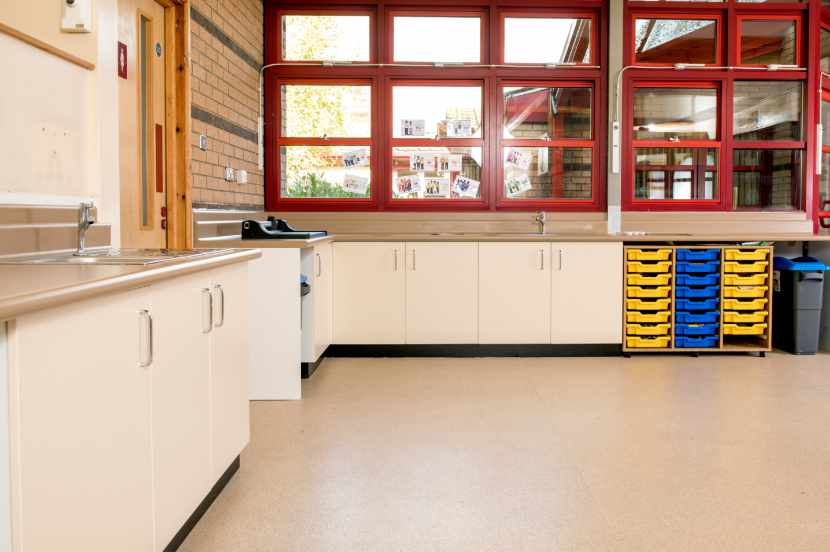When you’re undertaking a building or refurbishing project, many factors need to be considered in…

How to design “precious spaces” in schools
In most schools, whether intentionally designed or not, there exist precious spaces. Not classroom nor staff room, they hold open possibilities, and their role on the school campus is a powerful one.
Although these rooms have frequently come about without conscious design, the value of these spaces is significant, and the concept is one that architects and developers should be aware of.
What are precious spaces?
Precious spaces are rooms that function outside of the typical classroom, meeting the needs of students and teachers in a fluid way as those demands grow and change. Most often, they are small group rooms. Undesignated to a fixed purpose, they fill ad-hoc objectives, repurposed as project rooms, therapy spaces, learning support, practice spaces and more.
Given the lack of space most schools are challenged to deal with, these rooms become precious. Their management and adaptability, therefore, become critical to optimising their use.
Designing precious spaces into refurbishments or new schools
If classroom space is already an issue, it’s expected that extra undefined rooms could be hard to sell. But these spaces are invaluable. Precious spaces are not only convenient when teachers run projects with small groups, but they are a safe space for students to gather, practice and grow, without the scrutiny of the outside world.
As mental health awareness grows, these precious spaces become all the more important. Traditionally these spaces have found a new life after being long used equipment rooms for photocopiers, musical instruments and other poorly stored items. When designing schools of the future, these spaces must be considered, and architects have the power to redesign how these spaces can be optimised. Starting here:
Do more with less
The nature of these spaces is that they are small and intimate, not taking up more space than necessary. As such, space has to be optimised to get the most out of this room.
Storage
Clever, unintrusive storage will be key to keeping these rooms organised and not taking away any space from the students and teachers. Overhead storage could be one way to optimise the ground space and cupboards built into nooks where seating is not ideal.
Flexible furniture
With limited space, multi-functional furniture is a smart way to get the most out of the room. For example, desks that can double as a presentation board and chairs that can be reconfigured to take up less space.
Design with wellbeing in mind
These precious spaces should be habitable and appropriate for use. Ventilation should be considered. Light and temperature control could allow each group to customise the comfort of the area according to their preferences. And noise reduction should be built in so that precious spaces can be productive, adding real value to the education process and student experience.
Fair timetabling
While timetabling for precious spaces may not be under the architect’s scope of work, it is worth considering how this space will be shared with all parties throughout the school and how timetabling could be made fair, including how the area can be left for the next group.
Precious spaces in existing schools
Even in schools that are not undergoing refurbishment, the concept of precious spaces is still worth consideration. On most school campuses, there are rooms being underutilised, and conscious redesign of those spaces could greatly impact student well-being and productivity.
Precious spaces in schools
However these spaces are designed, David Bailey Furniture Systems can craft bespoke furniture to optimise space and functionality. Contact us today or view our case studies to learn more.







